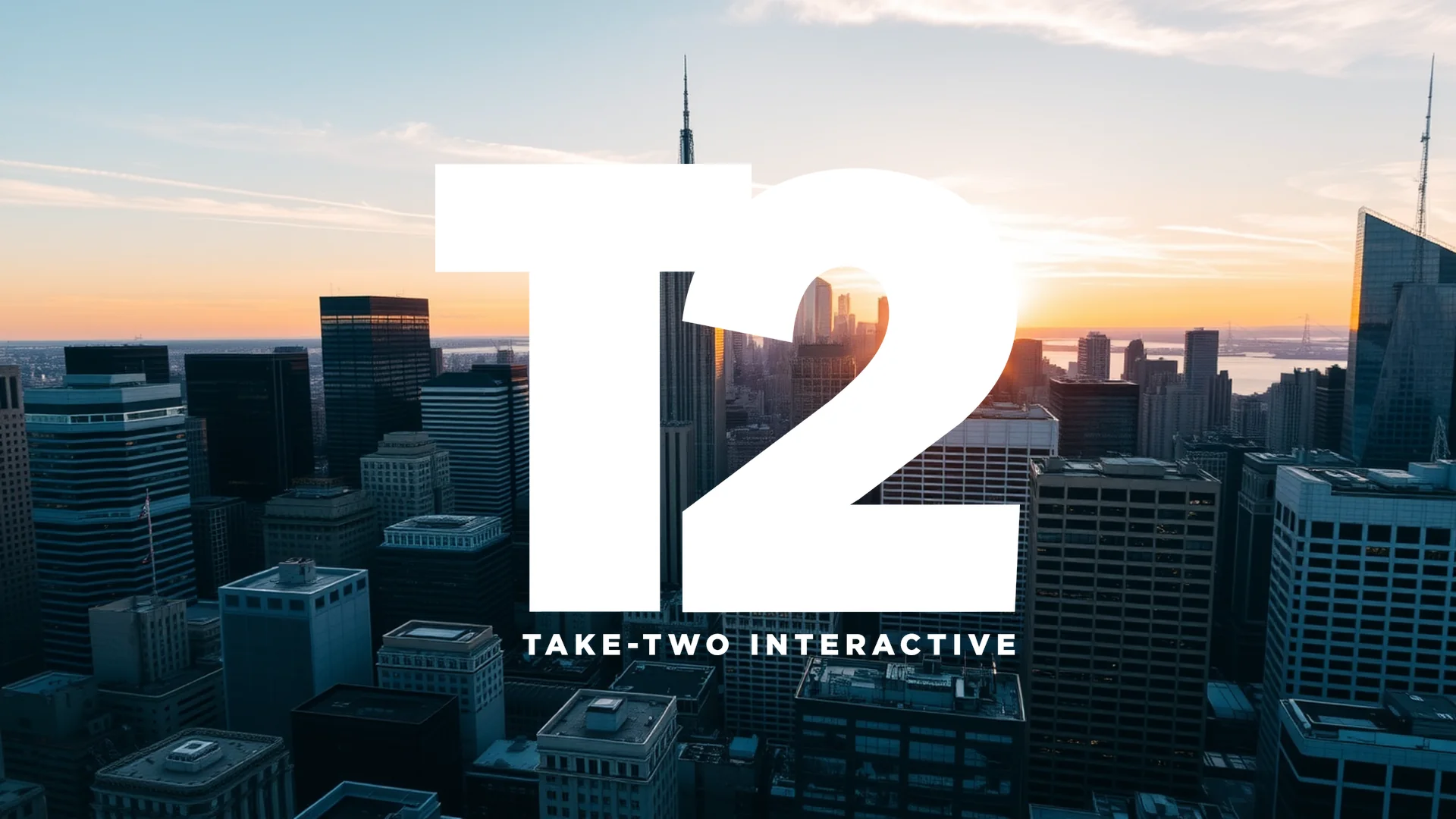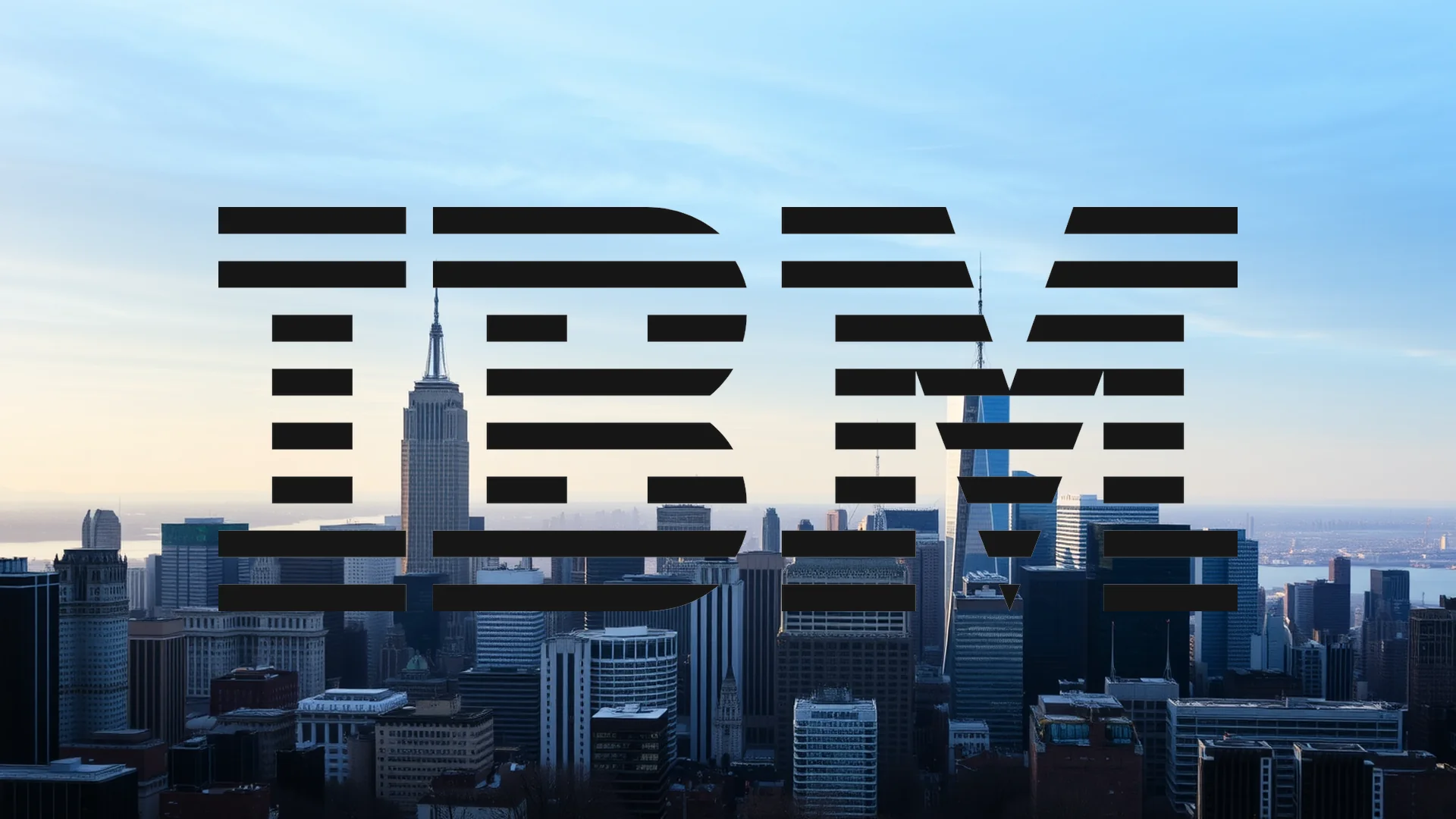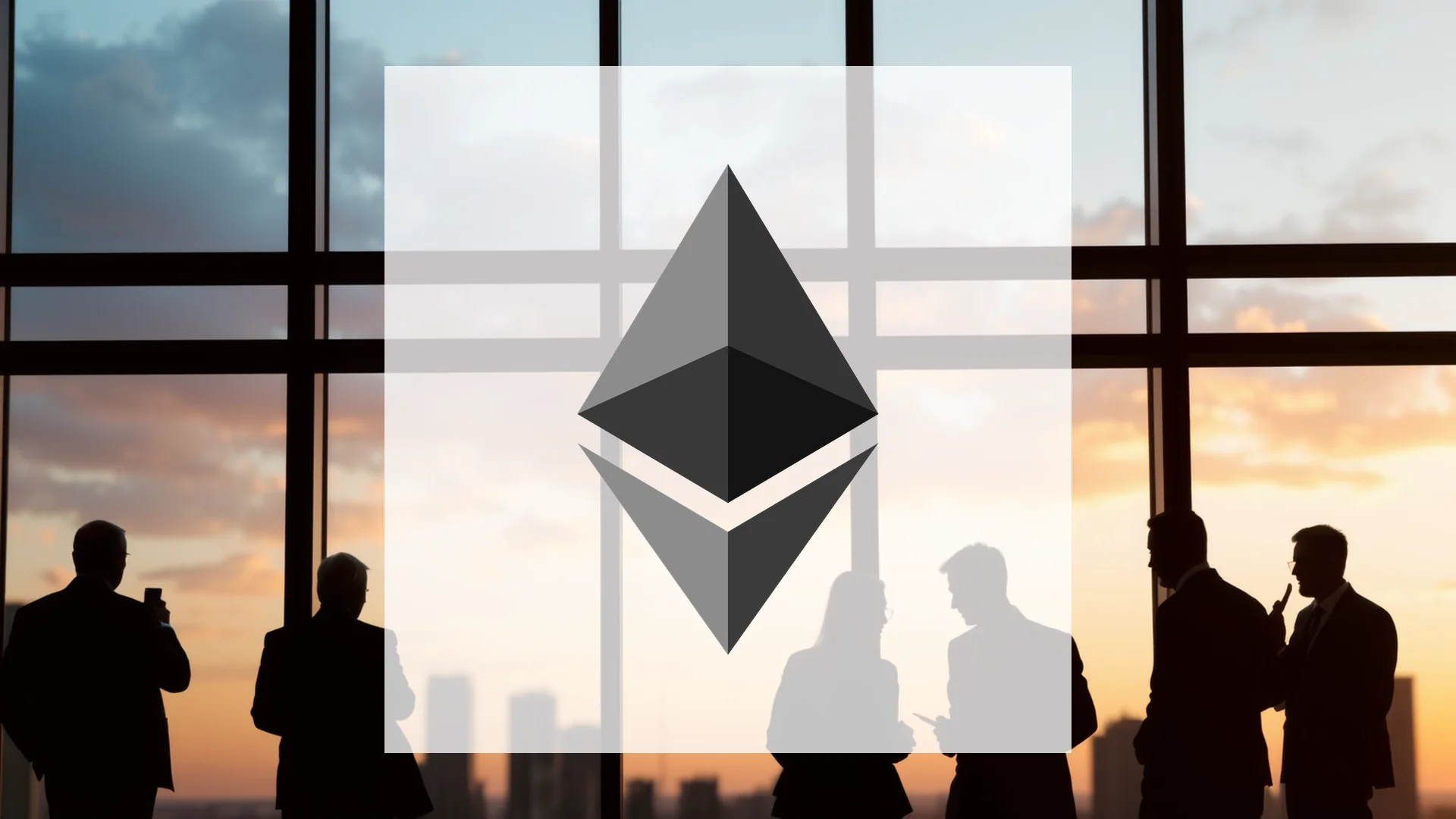In the competitive landscape of video game publishing, two industry leaders present investors with fundamentally different approaches. Take-Two Interactive and Electronic Arts have built their empires through contrasting philosophies, with recent corporate developments highlighting their divergent paths. While both command multibillion-dollar valuations, their current trajectories tell markedly different stories.
Strategic Divergence in Portfolio Management
Electronic Arts has cultivated a diversified revenue model centered on annual sports franchises. The company derives substantial income from reliable titles like EA SPORTS FC and Madden NFL, complemented by enduring properties including Apex Legends, Battlefield, and The Sims. This approach emphasizes consistent engagement through live-service models that generate ongoing revenue from in-game purchases.
Take-Two Interactive operates with a more concentrated strategy, building its business around two powerhouse divisions: Rockstar Games, responsible for the Grand Theft Auto and Red Dead Redemption series, and 2K, which oversees the NBA 2K franchise. Rather than annual releases, the company favors extended development cycles aimed at delivering premium blockbuster experiences. Its acquisition of Zynga significantly bolstered its position in the rapidly growing mobile gaming sector.
Financial Health Assessment
Recent financial performance underscores their strategic differences. Electronic Arts reported second-quarter revenue of $1.83 billion with net income declining to $137 million, reflecting challenging comparisons against an exceptionally strong prior-year period. The company typically demonstrates steady profitability driven by its sports portfolio.
Take-Two currently shows losses in recent quarters, attributed to significant development spending for upcoming titles. Market experts anticipate substantial growth in the coming fiscal year, with projections pointing to approximately $1.72 billion in revenue for the quarterly report due November 6.
| Metric | Take-Two Interactive | Electronic Arts |
|---|---|---|
| Market Capitalization | 46.4 billion USD | 50.0 billion USD |
| Price-to-Sales Ratio | 7.7 | 6.7 |
| Dividend Yield | 0.00% | 0.38% |
| Gross Profit Margin | 55.8% | 79.1% |
Corporate Developments Reshape the Landscape
Electronic Arts finds itself at a corporate crossroads. The company announced disappointing quarterly results on Monday, but more significantly faces a potential acquisition by a consortium led by Saudi Arabia’s sovereign wealth fund. The proposed transaction, valued at approximately $55 billion, is expected to finalize in spring 2026. Consequently, EA has suspended future financial guidance.
Internal dynamics at Electronic Arts have also drawn attention, with management pushing development teams toward increased artificial intelligence implementation, creating employee concerns about job security within the creative industry.
Take-Two’s narrative centers overwhelmingly on one forthcoming release: Grand Theft Auto VI. Rockstar Games recently confirmed a May 26, 2026 launch date. CEO Strauss Zelnick expressed confidence that artificial intelligence could never produce a creative hit comparable to GTA, directly challenging industry enthusiasm for AI integration. Analysts have begun raising price targets for Take-Two shares, driven by substantial revenue potential.
Future Outlook Through 2026
Electronic Arts confronts an uncertain future under potential new ownership. The acquiring consortium’s strategic vision remains unclear, though likely emphasis will remain on strengthening live-service brands. While AI integration may accelerate development, it carries cultural risks. The critical question remains whether the company can deliver innovative blockbusters alongside its annual sports updates, with recent launches of Battlefield 6 and Skate serving as important tests.
Take-Two’s path appears more clearly defined: maximizing the success of Grand Theft Auto VI. The game aims to establish new industry standards while generating substantial ongoing revenue through GTA Online. The company anticipates record bookings for fiscal years 2026 and 2027, with additional contributions expected from other franchises including Borderlands 4 and a new Mafia title. The primary challenge involves meeting immense expectations from both gamers and investors.
Comparative Risk-Reward Analysis
Electronic Arts strengths include:
– Stable, recurring revenue from sports franchises
– Broad portfolio reducing dependence on individual titles
– Potential synergies from new ownership providing fresh capital
– Strong positioning in the live-service market
Electronic Arts risk factors:
– Strategic uncertainty following potential acquisition
– Weaker financial metrics and suspended guidance creating investor unease
– Dependence on annual releases potentially stifling innovation
– Internal tensions from accelerated AI implementation affecting workplace morale
Take-Two competitive advantages:
– Massive revenue potential from GTA VI
– Extremely loyal fan bases for core franchises
– Strong pipeline of anticipated titles
– Mobile segment growth through Zynga integration
Take-Two vulnerability points:
– Extreme dependence on single-title success
– Potential catastrophic impact from GTA VI disappointment
– High development costs currently pressuring profitability
– Extended development cycles creating irregular revenue streams
– Elevated expectations potentially already reflected in valuation
Investment Philosophies Collide
The competition between Electronic Arts and Take-Two represents a classic clash of investment theses. EA embodies the diversified publisher with consistent cash flow, though acquisition developments introduce new uncertainty. Recent financial performance shows weakness, but the foundational sports portfolio remains reliable.
Take-Two represents a concentrated bet on the next industry-defining hit. The company’s valuation hinges overwhelmingly on Grand Theft Auto VI’s success. Should Rockstar Games again capture the market’s imagination, the company stands positioned for exceptional profitability. The risk of disappointment, however, remains equally substantial.
Investors face a clear choice: Electronic Arts offers relative stability with acquisition premium potential, while Take-Two presents potentially explosive but higher-risk growth prospects. The coming weeks will prove decisive, particularly Take-Two’s November 6 quarterly report, which may provide fresh momentum in this compelling battle between gaming titans.
Ad
Take-Two Stock: Buy or Sell?! New Take-Two Analysis from December 18 delivers the answer:
The latest Take-Two figures speak for themselves: Urgent action needed for Take-Two investors. Is it worth buying or should you sell? Find out what to do now in the current free analysis from December 18.
Take-Two: Buy or sell? Read more here...










